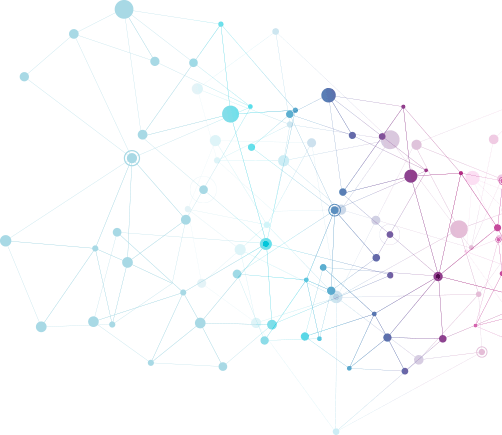Apache Hive
Early detection of degenerate data ensures that exemptions are addressed as soon as possible. It has enhanced inquiry time execution because the tables are compelled to coordinate with the outline after/during the data load. Hive, on the other hand, may stack data effectively without a blueprint check, assuring a minimum initial load but at the cost of substantially slower query execution. When the composition isn't free at heap time but is instead constructed dynamically thereafter, Hive has an advantage. In traditional data sets, exchanges are required.







